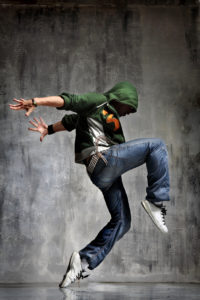The Dance Studies Association (DSA) has chosen “Dance and Conflict” as the theme of its conference this summer in Malta. This promises to be a huge international gathering now that the Congress on Research in Dance (CORD) and the Society of Dance History Scholars (SDHS) have merged to form DSA.

I’m quite excited by this conference theme because dance is often considered to be a trivial pastime. The ways in which dance can bring people together and enable them to overcome differences is often overlooked. Both the paper my daughter will be giving at this conference, as well as my own, investigate the power of dance to build social bonds.
My daughter has been conducting ethnographic research in Honolulu, looking at the small breakdancing community there. She has found deep bonds within this community, despite the fact that breakdancing is a competitive dance form in which crews battle for prizes and acclaim.
My paper addresses the “Dancing Classrooms” program developed by Pierre Dulaine, a competitive ballroom dancer. Since 1994, this program has helped middle school children in New York City gain a sense of pride, confidence, and respect for others through learning ballroom dance.
Beyond that, Dulaine has taken the program to Jaffa, Israel, to teach Jewish and Palestinian children to dance together, and to Belfast, Northern Ireland, to work with Protestant and Catholic students. Despite many difficulties, Dulaine has succeeded in overcoming deep animosities through the Dancing Classrooms regimen.
What is it about dance, including competitive dance forms, that builds social bonds? Find out more in the next blogs.
